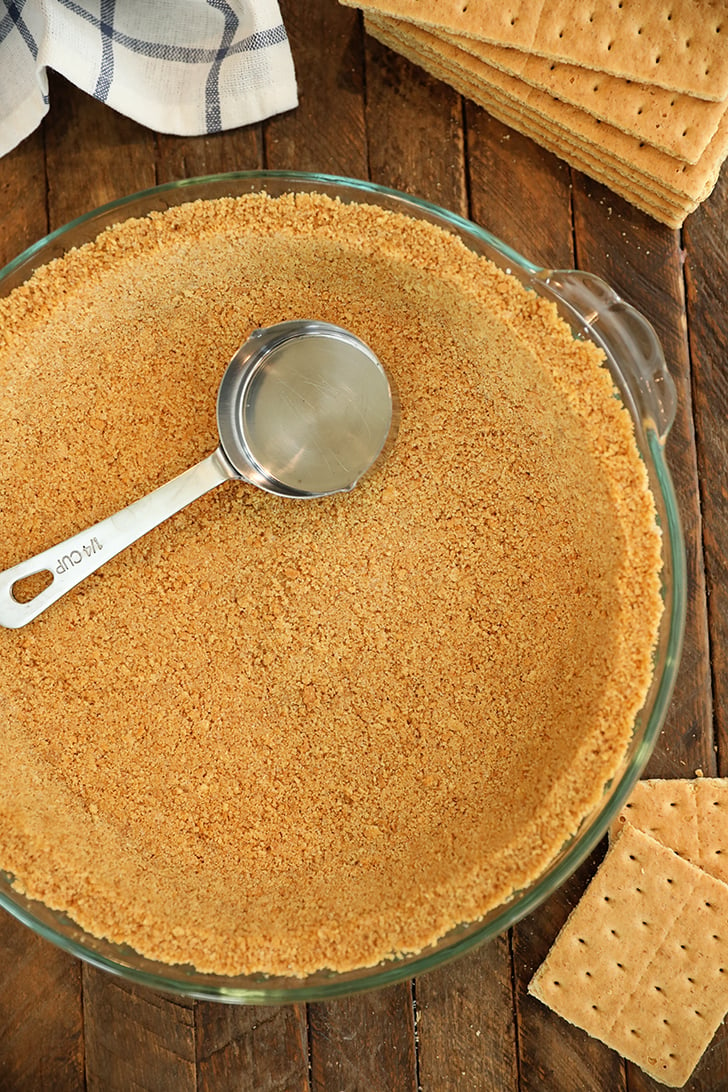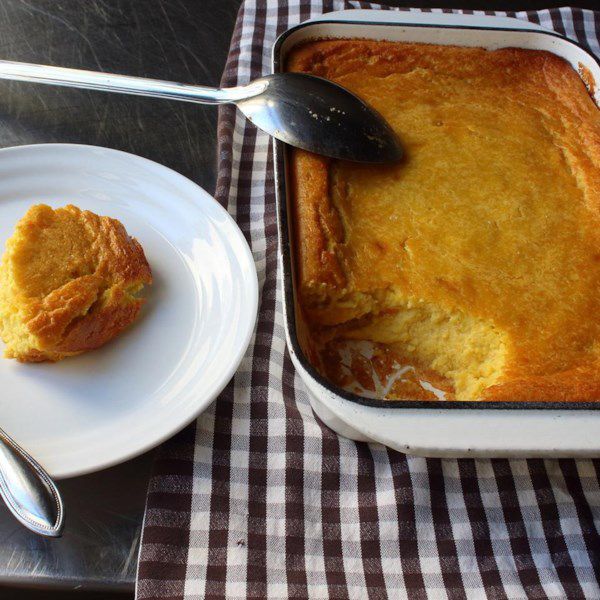Graham Cracker Crust: Delicious & Nutritious Pie Base Made Easy
Graham crackers date back to 1829. Reverend Sylvester Graham introduced them as part of a diet to promote healthier living. He advocated for whole-grain wheat flour, avoiding refined grains. Originally, these crackers had minimal sugar and were aimed at reducing lust and promoting digestion. Over time, commercial versions emerged with added sugar and preservatives, deviating from Graham’s original vision.
Traditional Graham Cracker Crust Ingredients
A traditional graham cracker crust uses crushed graham crackers, butter, and sugar. Typically, you mix 1.5 cups of crushed graham crackers with 1/3 cup of melted butter and 1/4 cup of sugar. This combination then gets pressed into a pie pan and baked for added firmness. However, the high sugar and butter content can elevate calorie and fat levels, raising health concerns.
Ingredients for a Healthier Graham Cracker Crust
Choosing Whole Grain Graham Crackers
Opt for whole grain graham crackers when making your crust. These crackers deliver more fiber, vitamins, and minerals compared to regular ones. Ensure the label lists whole grain or whole wheat as the first ingredient.
Natural Sweeteners vs. Processed Sugars
Replace refined sugar with natural sweeteners like honey or maple syrup. Natural sweeteners have a lower glycemic index, providing a healthier alternative without a significant compromise on taste. Use 1-2 tablespoons of your chosen sweetener based on desired sweetness.
Healthier Fats: Alternatives to Butter
Substitute butter with healthier fats such as coconut oil or avocado oil. These alternatives contain beneficial fatty acids that support heart health. Replace butter with equal amounts of these oils to maintain the right texture and flavor in your crust.
Steps to Making Your Healthier Graham Cracker Crust
Mixing the Ingredients
Start by gathering your ingredients: whole grain graham crackers, natural sweeteners such as honey or maple syrup, and a healthier fat option like coconut oil or avocado oil. Crush the graham crackers into fine crumbs using a food processor or a rolling pin inside a sealed bag. Aim for 1.5 cups of crumbs.
Measure 3 tablespoons of your chosen natural sweetener and 6 tablespoons of the healthier fat. Combine the graham cracker crumbs, sweetener, and fat in a bowl. Stir until the mixture resembles wet sand, ensuring the crumbs are evenly coated. Consistency is key to forming a crust that sticks together well.
Baking vs. No-Bake Options
Decide between a baked or no-bake crust based on your pie recipe. For a baked crust, preheat your oven to 350°F (175°C). Press the mixture firmly into the bottom and up the sides of a pie dish using the back of a spoon or a flat-bottomed glass. Bake for 10 minutes or until the edges are lightly browned. Let it cool completely before adding your filling.
For a no-bake crust, press the mixture into the pie dish as described above. Place the crust in the refrigerator for at least 1 hour to firm up. This method works well for chilled pies or cheesecakes. By choosing the refrigeration method, you maintain the nutrients in the healthier fat options.
Nutritional Benefits of a Healthier Graham Cracker Crust
Caloric Comparison
A healthier graham cracker crust offers a significant decrease in caloric content compared to traditional recipes. By using whole grain graham crackers, you lower the calorie intake as they contain fewer processed ingredients. Incorporating natural sweeteners such as honey or maple syrup instead of refined sugar also reduces the overall calorie count. Additionally, replacing butter with healthier fat options like coconut oil or avocado oil cuts down on unhealthy fats, further reducing the caloric density of your crust.
Dietary Fiber Analysis
Whole grain graham crackers introduce a higher fiber content into the crust. Dietary fiber supports digestive health, helps control blood sugar levels, and contributes to feelings of fullness. Unlike traditional graham crackers, which usually have less fiber due to refined flour, whole grain versions boast improved nutritional profiles. The use of natural sweeteners and healthier fats not only maintains but can enhance fiber intake when compared to traditional crusts. This adjustment results in a crust that not only tastes good but also benefits overall health.
Conclusion
Opting for a healthier graham cracker crust can significantly improve the nutritional profile of your favorite desserts. By using whole grain graham crackers, natural sweeteners, and healthier fats like coconut or avocado oil, you can enjoy a delicious crust that’s lower in calories and higher in dietary fiber.
This approach not only supports heart health but also enhances digestive health and blood sugar control. Making these simple ingredient swaps ensures you don’t sacrifice flavor while creating a more nutritious treat. So next time you’re prepping a pie, give this healthier graham cracker crust a try and savor the benefits.






